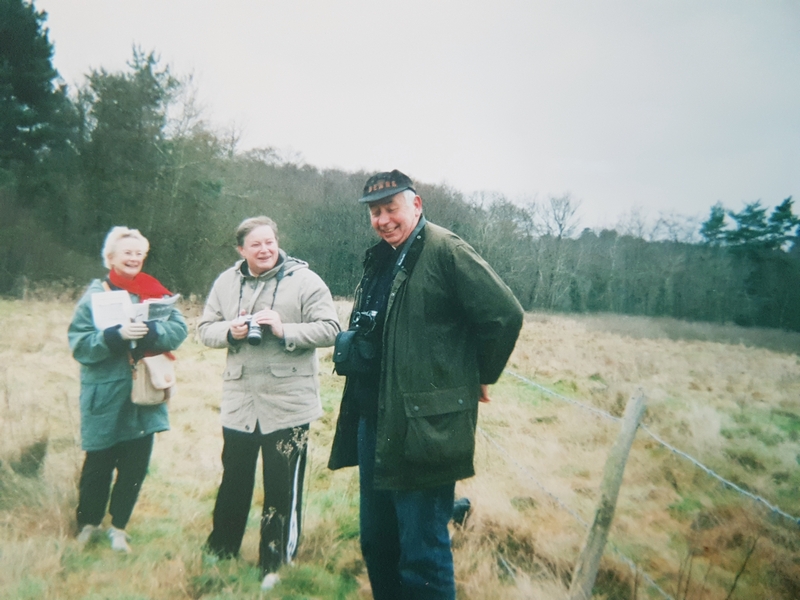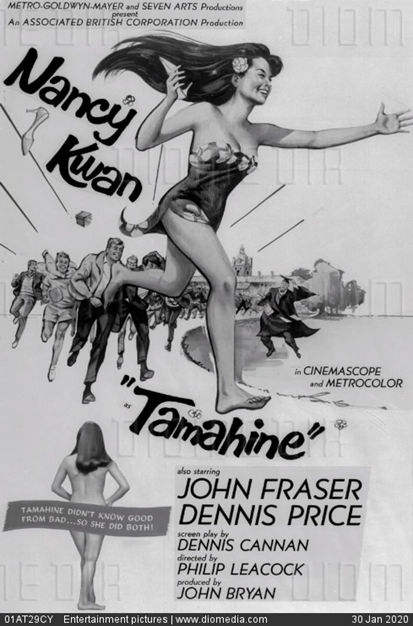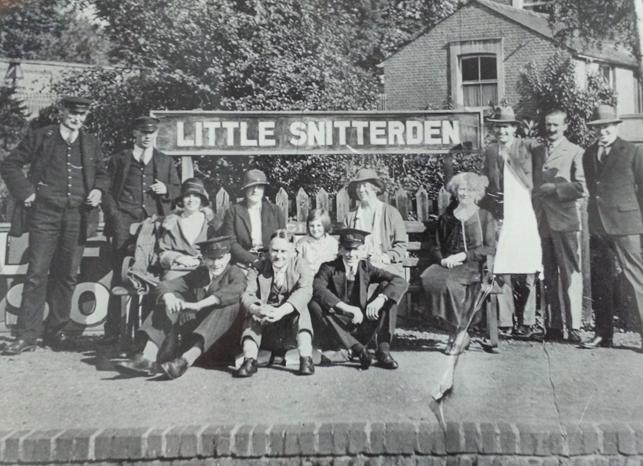A brush with fame…
As we drove down the Avenue one evening in 2018, my husband and I spotted something new – the White Lion pub was displaying a hanging sign outside, saying ‘The Seven Swans.’ I gave a 5-minute rant on how the pubs in Egham kept changing their names: The Royal Ascot to The Monkey’s Forehead and then The Packhorse, The Victoria to The Iguana before ending up as a Burger King. A few days later the pub’s name had reverted to The White Lion and I learned that it was a temporary name change for filming The Reluctant Landlord series for Sky – if only I’d had my camera…
Research for the museum exhibition Location, Location, Location got me thinking about how filming for the many features and TV programmes made in the local area must have impacted more significantly on people’s lives.
The situation is well summed up in the film My Week with Marilyn where aspiring film-make Colin Clark lives a week on the fringe of Marilyn Monroe’s life in 1956 as she films The Prince and the Showgirl while living in Parkside House, Englefield Green (which portrayed itself in the film).
More prosaically, several correspondents have recalled the interruption of their childhood games when Hammer was shooting films at Callow Hill sandpits above Gorse Hill Road:
“We (i.e., Graham Todd, Nick Herd, the Mitchell brothers, Dick Slatter and myself) would often play up there even though it was a huge pit, with steep sides that were good for sliding…. Sadly, I think it was filled in long ago for housing.” [i]
The filming of The Camp on Blood Island was
“definitely in the sand pits in Callow Hill – 1958. I remember us coming home afterwards with huge bamboo poles that my old man used for years in his garden.” [ii]
Another of their friends came so close to filming that he was ejected from the set!
“A few scenes in the film of The Navy Lark (not a patch on the radio series) were filmed at Virginia Water station.
I almost had a part as an unofficial, unpaid extra until the director spotted me and told me to get out of the shot.” [iii]
In 2008 Steven Pickard, a film researcher living in Los Angeles, contacted the museum in a quest to track down British locations used in Hammer horror films. Volunteer Joy Whitfield took him to Callow Hill and he was thrilled to recognise the distinctive tree line familiar to him from the films and visualise it as it must have been when such titles as The Stranglers of Bombay and The Camp on Blood Island were made.

A lucky few locals have ‘starred’ as extras:
“One that immediately comes to mind is Tamahine, made in 1963 starring Nancy Kwan and Dennis Price. Although initially filmed at Wellington College and subsequently Sandhurst Military Academy, many of the extras came from Strode’s.
I know because I was one of them. We were involved in about 2 weeks filming at Wellington and then about 6 of us were called to Sandhurst. We were handsomely rewarded and Strode’s also had a fee.
Some of the close ups feature Strode’s boys, particularly Derek Wade involved in a running race.” [iv]

Virginia Water station has appeared in more than one film. In 1931/2 when a filmscript required that the station was renamed Little Snitterden, the cast took time out to pose for photos with the Stationmaster, his wife and station staff. The photograph resides safely in Egham Museum but neither we nor the film experts we have consulted (e.g. the British Film Institute) can identify the movie! Does anyone remember it?

Or do you remember witnessing or even trespassing on other filming in Egham, Egham Hythe, Englefield Green, Thorpe or Virginia Water? We’d love to hear your stories. Leave a comment below.
Margaret C Stewart
[i] Peter Jones, via email
[ii] Roy Smither, via email
[iii] Ian Allison, via email. The film under production was most likely to have been Further Up the Creek as the majority of the outdoor filming for The Navy Lark took place in Dorset.
[iv] Tony Leigh via email
